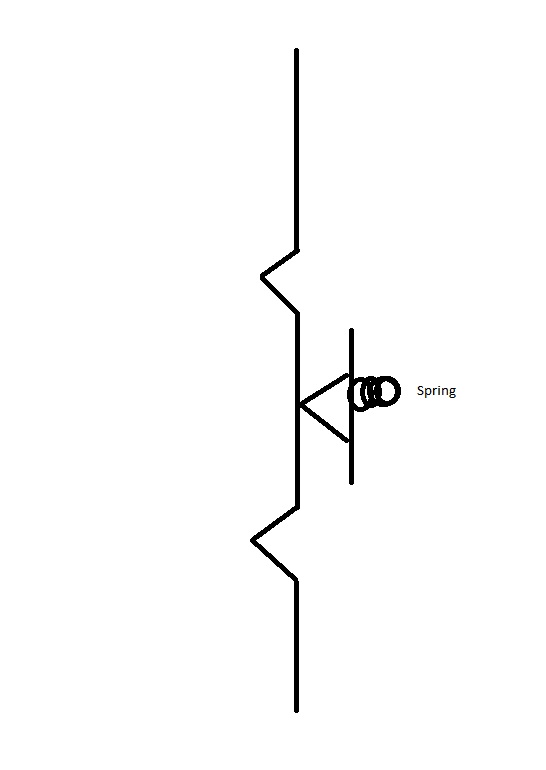Flexibility- the ability to move quickly, freely, and smoothly around the instrument
The problem for many people is not the notes but getting between notes- people usually try too hard and tense too many muscles. Throat closed
Goal: relax take a full breathe blow freely, biggest problem on trumpet, next on horn
(Tom Stein – trumpeters stiffen against the resistance)
Braces = very bad for slurs
To develop flexibility:
Relaxed air
Lillya – Slippery groove or sweet spot (baseball) = best flexibility – use pitch bends
Slur = moment of change, the time between the notes; listen to the sound between the notes (Finale & Garriton Personal Orchestra –
- Blow
through the slur: keep air going; practice
siren on mouthpiece – keep air going between the notes –
- Move fast or else you get grace notes; and the horn will fight you: how can you play G# open?
- Glisses are part of classical music as well as jazz
Lip Slurs
People think they’re harder than valve slurs, but they’re actually easier – don’t have to coordinate fingers and lips
BUT, the fingers provide two advantages: the break in the air stream; timing
Many teachers advocate Ah, Ee
Have the high note air ready on the low note; crescendo – helps slur and is more musical

Jaw must move slightly
Require full flow of air and practice
Start slowly and be sure each note sounds good; let each interval find its own tempo; then gradually speed up
Shakes

Skipping overtones
trip to Little Rock through Caddo Valley (drink), Malvern (food), Benton (bathroom) if leave early; no stops if you leave late
Jacoby hand flip; Carmine Caruso (sax)
Can use alternate fingerings to eliminate lip slurs
Valve slurs
Move valves quickly
Arban #9 & #10
Whole-step drills require lip movement; also, valve must be all the way up or down; OR, lip trills, especially on horn
Insist students play what’s on the page:
Students who tongue slurs
Bad slurs and concerts